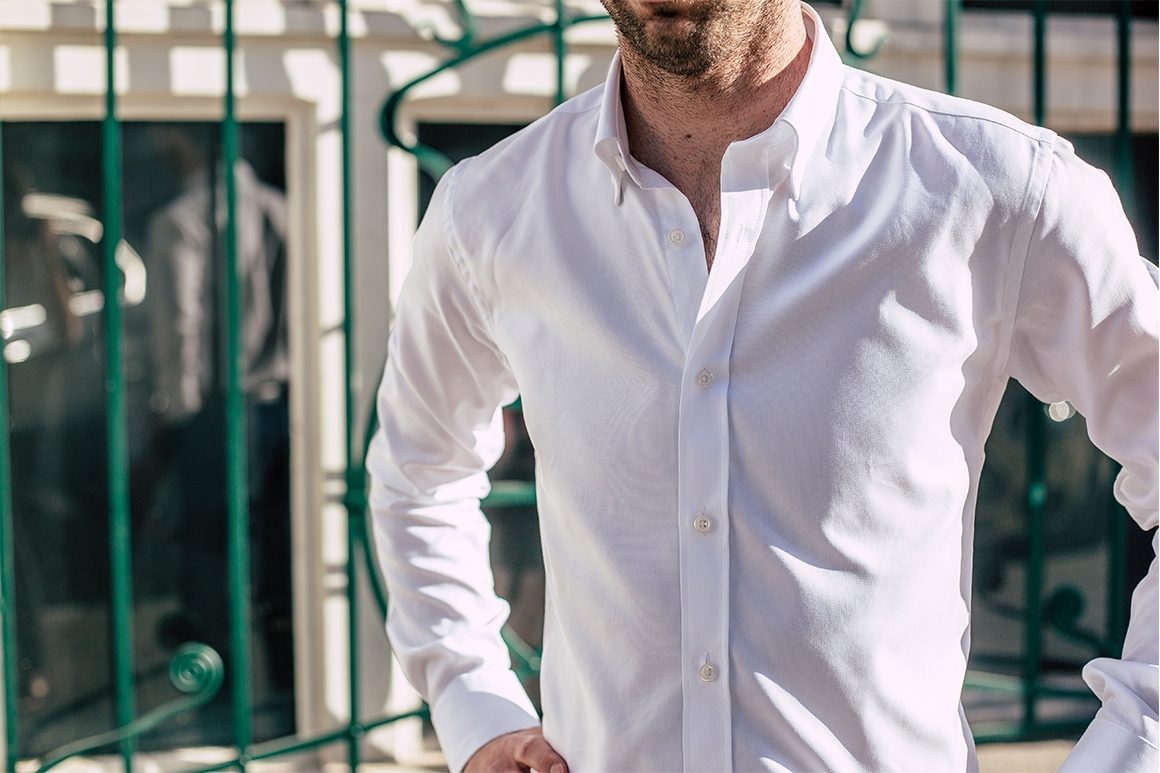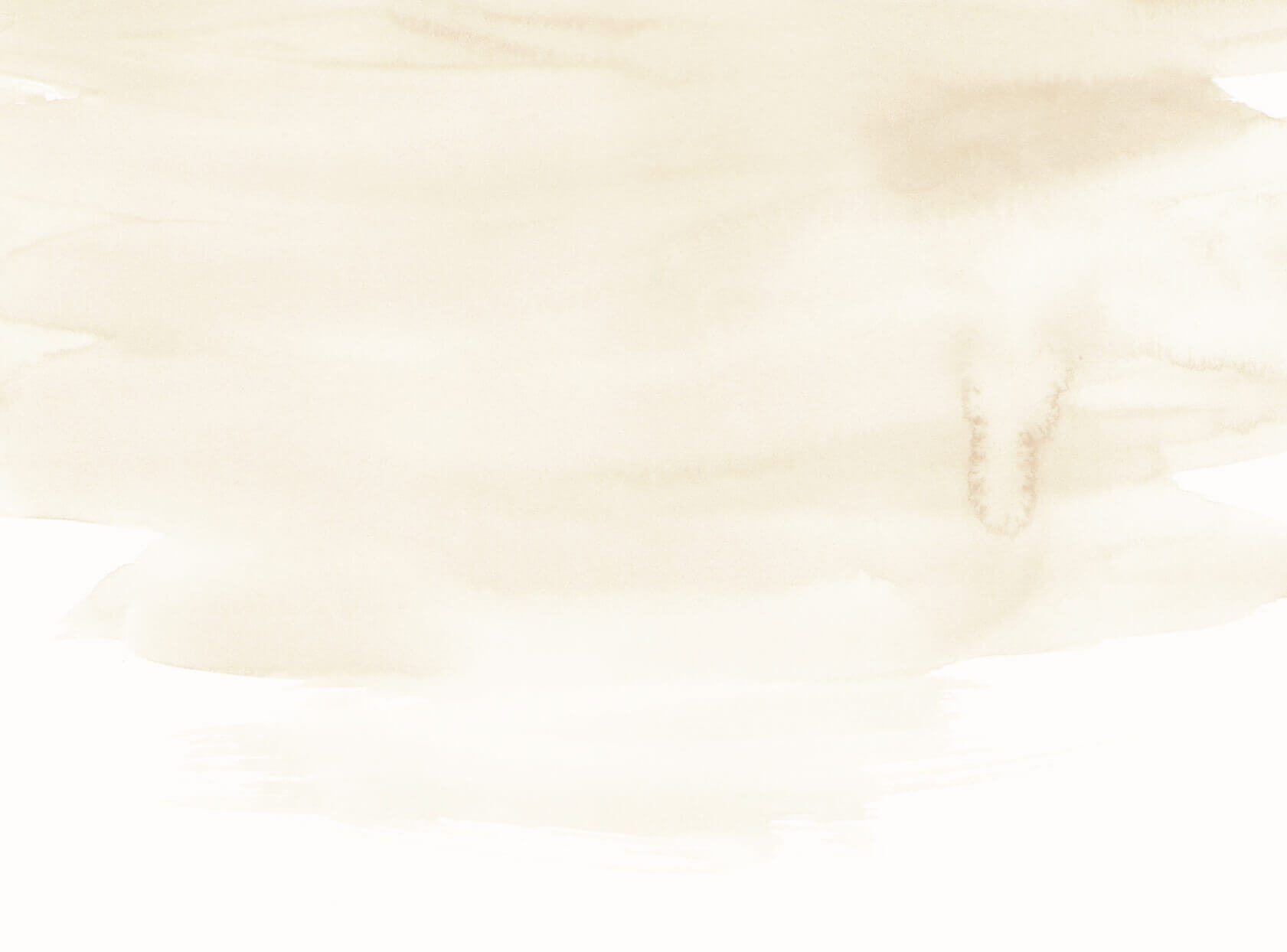5 tips for choosing a decent shirt
26.7. 2020, Daniel Rufer
Not all shirts are created equal. Choosing the right shirt for every occasion isn't rocket science but one still might make a mistake. Thanks to a few basic tips that we've prepared, you won't make any - guaranteed.
1) Cotton rules
We ought to say that generally all natural fibres rule - that includes for example linen or silk alongside the aforementioned cotton. On the other hand, polyester and other synthetic fibres are the devil's playthings. They don't breathe and make - hard to say this pleasantly - everything sweaty and smelly. If you have sensitive skin, they might even cause health issues. Cotton shirts are easy to recognise at first glance, they usually have deeper and more vivid colour. If they are not recognizable at first glance, they definitely are at first touch - they are much softer than synthetic fabrics.

 |
Hamilton |
2) Not all cotton is the same
We don't aim to shatter any beliefs but this is simply a fact: there is not just one type of cotton. The main difference is the thickness of its threads, which is usually between 30-200s for shirts. Lower the number thicker the thread and higher the number softer and better quality the thread (which also means more expensive). Cheap poorly made ready-to-wear shirts from big retailers are in the range of 30s to 40s, the gold standard is 80-110s and 200s means premium quality. As a good general rule, you should be wary of shirts without this information on the label.
Another important information is the number of yarns that make up one thread - fabrics are usually either one-ply or two-ply. Two-ply cotton is more durable and softer - just some of the reasons why we use it to make John & Paul shirts.
Then there are the blends of different fabrics that mostly (but not exclusively) shine during the summer months. Especially breathable and light linen has obvious pros but there are a few cons as well: it very easily wrinkles and is coarser than cotton. One-to-one blend with cotton takes care of most problems. We always try to have several of these shirts in all our seasonal summer collections. On top of that we can categorically endorse them for year-round use. When you start layering sweaters or blazers, wearing a light and breathable shirt underneath is remarkably pleasant.

 |
Gordon |
3) Weaves upon weaves
The weave of the fabric - how vertical and horizontal threads are layered and bound together - is an important characteristic that dictates shirt's look and feel. Let's go through the most common shirt weaves.
Broadcloth (aka Poplin)
If there is one classic weave suitable for shirts, it must be broadcloth. It's a very simple over-under weave, which makes strong, soft and light fabric. A good and universal choice. The only disadvantage is that it is prone to wrinkling.

Twill
Twill fabrics are easily recognizable because they show diagonal weave or texture. They are relatively easy to iron and even stronger and more resistant to wrinkling when compared with broadcloth. A minor disadvantage is its slight coarseness against the skin.

Oxford
One of the more complicated weaves - it’s composed of a symmetrical basketweave where one yarn may cross two yarns. Vertical thread is typically white which (if the horizontal thread is of a different colour) creates deep texture. Oxford shirts are warmer and ideal for colder days. Rougher texture makes this weave informal.

Jacquard
Thanks to the use of different colour threads, Jacquard weave is suitable for shirts with complex patterns that are limited only by one's fantasy. Polka dots, paisley, checkers - everything imaginable.

Herringbone
Herringbone is woven to create a distinct “V-shaped” look. It has a characteristic texture and shine. A fashion statement that elevates your outfit to new heights without going overboard. Herringbone shirts are easy to iron and don't wrinkle.

End on End
End-on-end are broadcloths with one distinct difference - coloured thread in the warp and white thread in the weft. Shirt sewn out of such a fabric looks like a true solid from a distance but has more texture when seen from up close.

4) Stiff or soft collar
The type of the shirt's collar largely determines how formal the shirt looks. Nice crisp and rigid collar with stiffeners will always look more formal. In the beginning, our shirts had removable stiffeners but we kept losing them in the washing machine so we stopped doing it - partially for our own comfort.
Classic stiff collars differ in their spread. We don't feel the need to experiment here much and stick with the medium-spread business collars which always look good. Wider and more open collars are lately growing in popularity. They fit beautifully with large tie knots and flatter narrow and long faces. The general rule is to choose a collar spread opposite to the shape of your face.
The less formal collar is the button-down with two buttons near the collar's points. They are usually worn without a tie and seen as casual. Their part in formal wear of U.S. Ivy League universities is the exception that proves the rule. In Europe, it's better to leave your tie at home.

 |
Mundy (button-down) |
We believe there is a special place in hell for people who wear multi-colour collars and we implore you to do it neither to yourself nor others.
5) French cuff or cuffs with buttons
The shirt's cuff is the last thing that determines how formal shirt is. Barrel and other most common cuffs have a classic button which makes them less formal and more an everyday choice. French cuff requires cufflinks which should go with a more formal suit. Trust us that they look strange under a sweater. French cuff's formality is also variable by changing the cufflinks - from less formal silk knots to stunning pearl cufflinks.

Keep these five tips in mind and nothing can surprise you.
All photos for this article were made in La Sartoria, whose owners have our gratitude!
Details of cloth weaves are the curtesy of Proper Cloth.
Do you like what you’re seeing? Share it!
Daniel Rufer
Author

